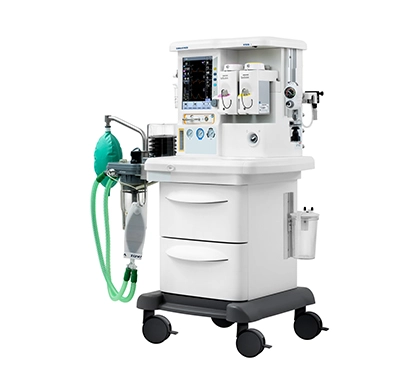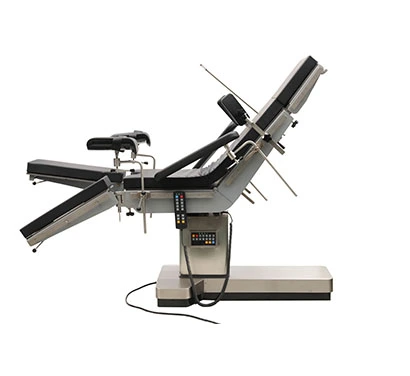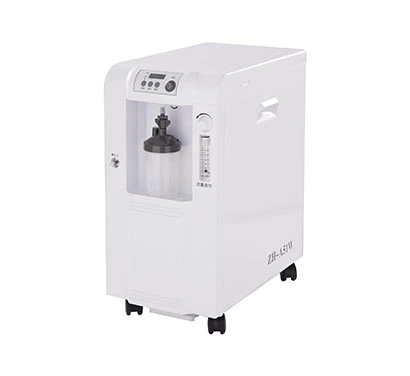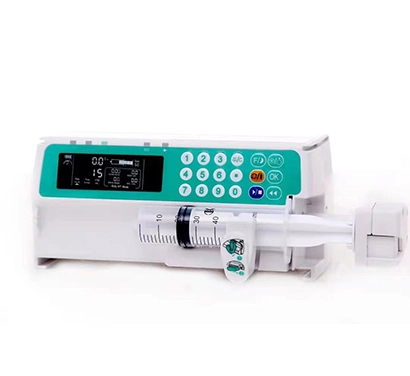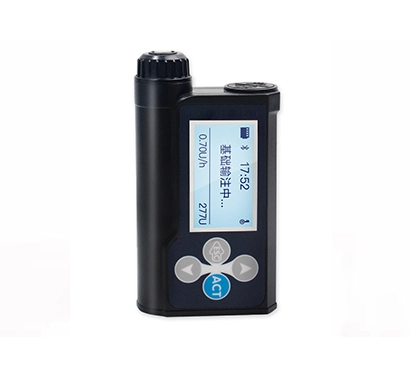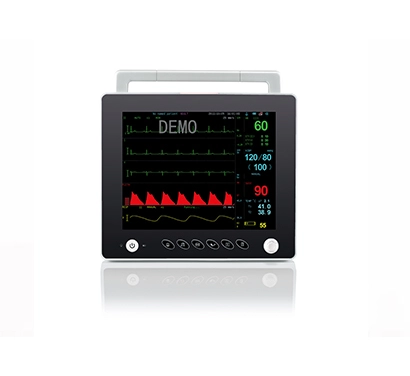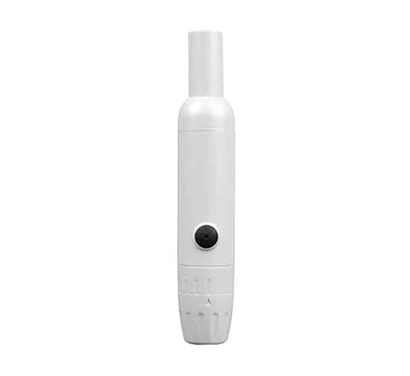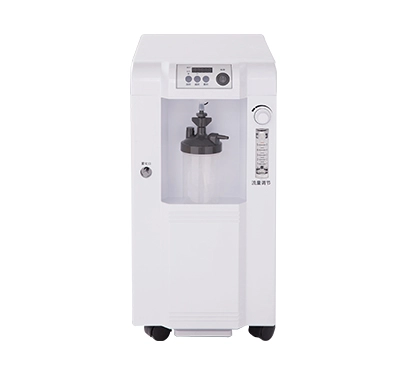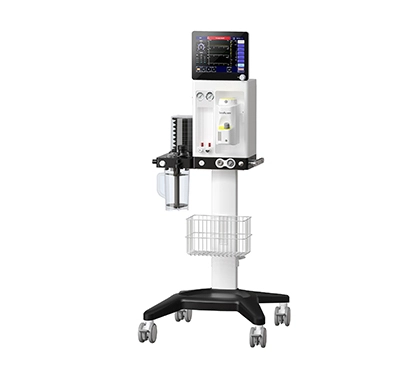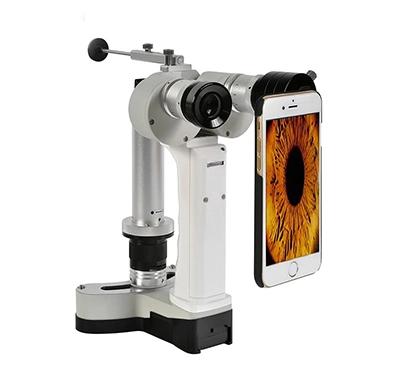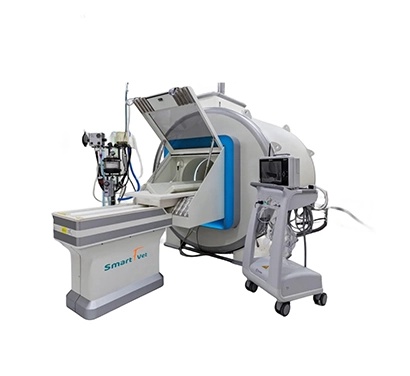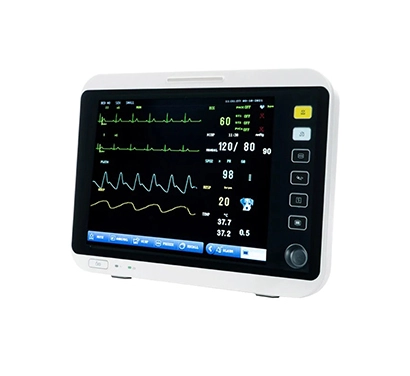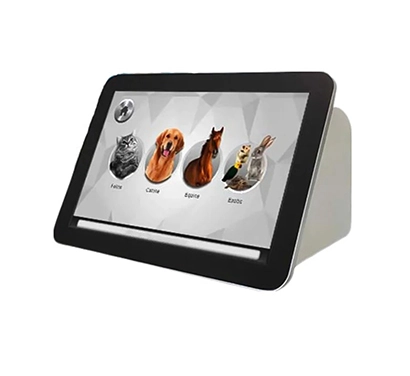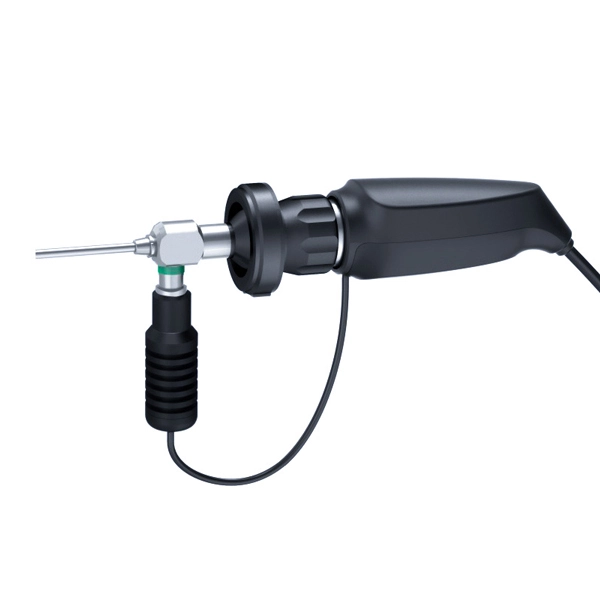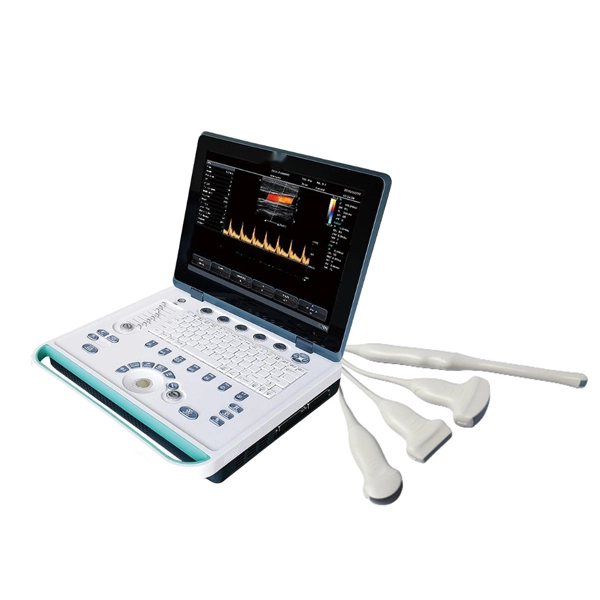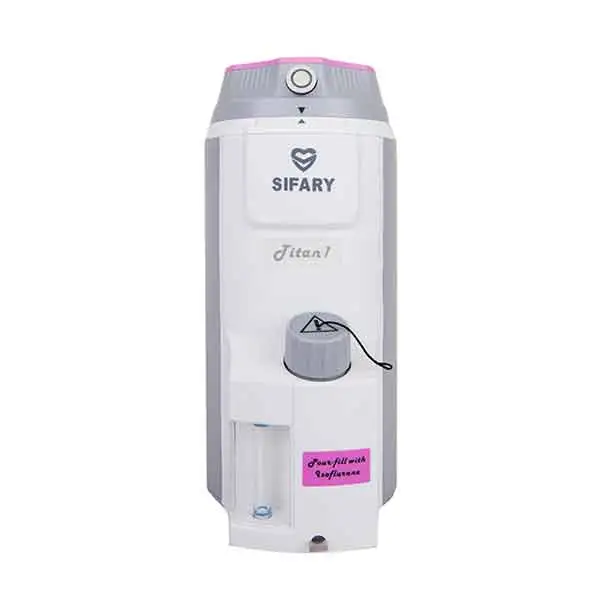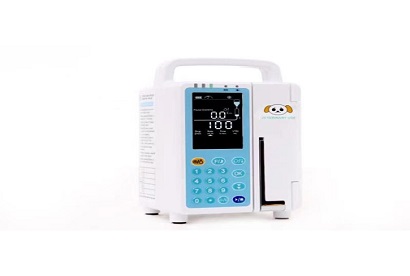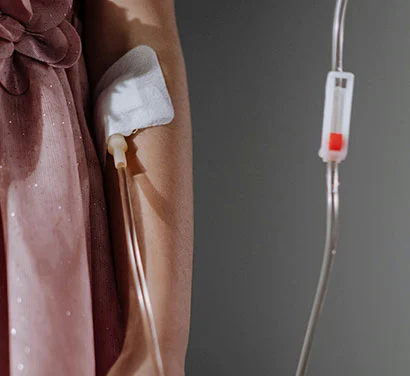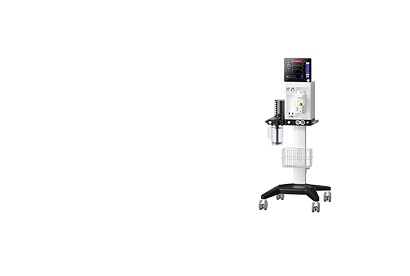The veterinary anesthesia machine market is a critical sector within the broader field of animal medical care, experiencing significant growth due to the rising demand for advanced respiratory support in veterinary procedures. As pet ownership soars and awareness of animal health issues deepens, the need for effective veterinary care, including the use of veterinary ventilators, becomes more critical than ever.
In the field of healthcare, particularly within the operating room, the role of medical equipment is indispensable. Class III medical devices, which include sophisticated surgical instruments, implantable devices, and life support systems, are the most stringently regulated category due to the potential risks they pose to patients. These devices are crucial in both human and veterinary medicine, yet there are notable differences between Class III medical devices designed for animals and those intended for human use.
Class III medical devices are subject to rigorous testing and approval processes to ensure patient safety. For humans, these devices are vital for successful outcomes in the operating room, including advanced imaging systems, surgical robots, and anesthesia machines. In contrast, animal Class III medical devices, while sharing the same level of risk, are tailored to accommodate the unique physiological and anatomical differences across various species. Veterinary surgeries often utilize specialized equipment such as surgical instruments designed for pets, animal implants, and animal anesthesia machine.
One significant difference lies in the regulatory framework. Although both human and veterinary Class III devices undergo stringent evaluation, the standards and processes can differ. The FDA regulates human medical devices, while the Center for Veterinary Medicine (CVM) oversees veterinary devices, leading to variations in approval timelines and requirements.
Among the array of veterinary anesthesia machines, the RHC V5 veterinary anesthesia machine stands out as an advanced animal medical equipment provider, offering a comprehensive integration of breathing systems and turbine-driven operation. This machine supports additional equipment like infusion pumps and oxygen generators, providing a versatile and efficient solution for veterinary anesthesia. The V5's innovative screen design, which can be flipped from 0° to 100°, eliminates reflective glare and adapts to users of different statures, making it particularly suitable for taller clients.
In summary, while Class III medical devices are essential in both human and veterinary operating rooms, their design, regulation, and application reflect the unique needs of their respective patient populations. Understanding these differences is critical for healthcare professionals in both fields to ensure that all patients, whether human or animal, receive the highest standards of care and safety. The veterinary ventilator market is expected to witness growth, driven by technological advancements and a growing focus on animal health. As veterinary professionals embrace these real healthcare solutions, the future is bright for practitioners and their pet patients, with equipment like the RHC V5 veterinary machine leading the way in innovation.

 EN
EN
 fr
fr  es
es  ru
ru  ar
ar 
